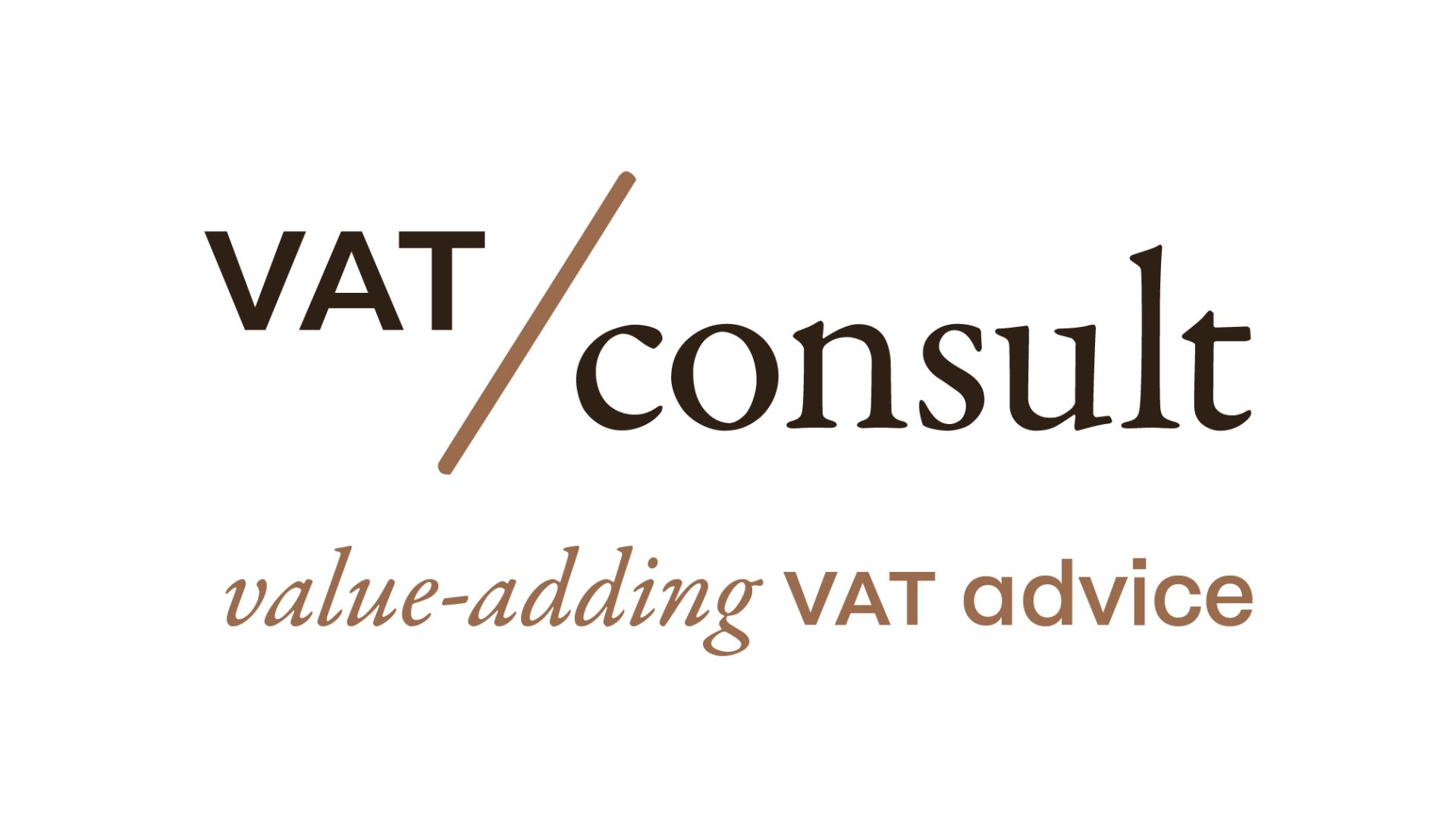B2G electronic invoicing soon to become the norm
- 1 November 2022: invoices to a public authority for contracts whose estimated value equals or exceeds the European threshold (which is EUR 214,000)
The above measures are part of the implementation of the Directive 2014/55/EC which obliges central government bodies of the Member States to accept electronic invoices in public procurement.
And B2B transactions are expected to follow soon
The objective is to further close the so-called VAT gap, i.e. the large gap between the VAT revenue, what governments actually receive and what they should receive. Based on the most recent study, the VAT gap amounts to 134 billion for all member states combined. For Belgium, it is estimated that of the 36.1 billion projected VAT revenue, only 31.7 billion ends up with the authorities. This puts the VAT gap at around 12%. With this figure, Belgium is in the middle of the European ranking.
Belgium is following the example of other countries that have already taken measures in the field of e-invoicing and/or transactional reporting.
A constant element in the European landscape is that each country takes a different approach. The fragmented landscape drives up the costs for businesses and makes it harder for companies to roll out solutions in an efficient way. The EU Commission is aware of the issues for businesses. In an effort to achieve more harmonisation, it will soon come up with a proposal under its "VAT in the Digital Age" initiative. More details on these EU proposals are expected to be released by the European commission on 16 November 2022.
An obligation to use e-invoicing can only be imposed with the agreement of the EU (authorization by the Council on a proposal by the Commission). The Belgian tax authorities are therefore currently in consultation with the competent services of the European Commission.
The question is whether the European Commission would allow Belgium to limit the scope of the e-invoicing mandate to the exchange of structured invoice data between parties. In previous plans, Peppol was considered as the general standard for B2B e-invoicing (without the submission of transactional data to the tax authorities). It is possible that the Commission will also request Belgium to link the introduction of e-invoicing to e-reporting.
